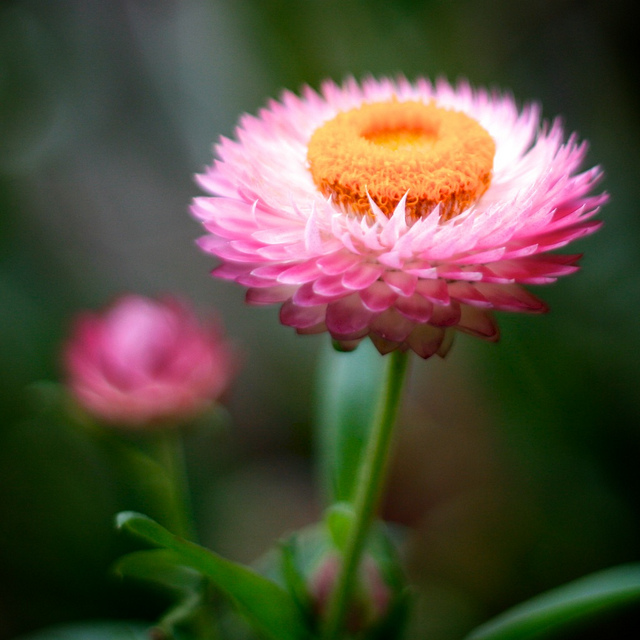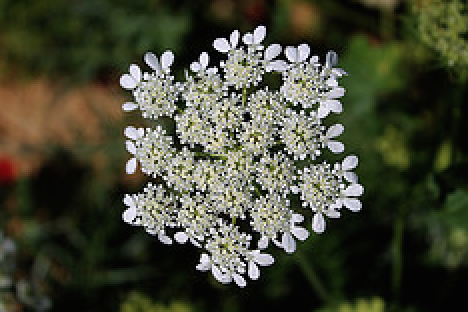 This week, James E. Craigie, MD, of The Center for Natural Breast Reconstruction answers your question.
This week, James E. Craigie, MD, of The Center for Natural Breast Reconstruction answers your question.
Question: About 10 years ago, I had a prophylactic, skin-sparing, bi-lateral mastectomy, an an immediate reconstruction with a TRAM flap, using the latissamus dorsi muscles. However, the muscle was never cut. The muscle is going from my back around my side, it has since filled with fluid. The issue is, when I exercise it pulls, and it’s very painful. I spoke to one surgeon to cut the muscle, and he said I’d need to know where all the nerves are. Is it possible to give me mobility in my arms again?
Answer: Thank you for your question. It is possible to detach the muscle from the nerve or reposition the muscle so it does not pull as much on the breast when you exercise. In the processes, scar may be released and that may help with the mobility of your arms. Unfortunately, it is hard to say for sure because the latissimus muscle is involved with moving your arms, and the surgery to release the muscle will not return it to is normal function. The good news is that you could most likely get an improvement. I could tell you more if I were to see you or perhaps review photos of your breast reconstruction. Let me know if you need more information.
Have a question about breast reconstruction or post-surgical you’d like answered from our surgical team? Just ask!
 This week, James E. Craigie, MD, of The Center for Natural Breast Reconstruction answers your question.
This week, James E. Craigie, MD, of The Center for Natural Breast Reconstruction answers your question. This week, James E. Craigie, MD, of The Center for Natural Breast Reconstruction answers your question.
This week, James E. Craigie, MD, of The Center for Natural Breast Reconstruction answers your question. This week, James E. Craigie, MD, of The Center for Natural Breast Reconstruction answers your question.
This week, James E. Craigie, MD, of The Center for Natural Breast Reconstruction answers your question. This week, James E. Craigie, MD, of The Center for Natural Breast Reconstruction answers your question.
This week, James E. Craigie, MD, of The Center for Natural Breast Reconstruction answers your question. This week, James E. Craigie, MD, of The Center for Natural Breast Reconstruction answers your question.
This week, James E. Craigie, MD, of The Center for Natural Breast Reconstruction answers your question. This week, James E. Craigie, MD, of The Center for Natural Breast Reconstruction answers your question.
This week, James E. Craigie, MD, of The Center for Natural Breast Reconstruction answers your question. This week, James E. Craigie, MD, of The Center for Natural Breast Reconstruction answers your question.
This week, James E. Craigie, MD, of The Center for Natural Breast Reconstruction answers your question. This week, James E. Craigie, MD, of The Center for Natural Breast Reconstruction answers your question.
This week, James E. Craigie, MD, of The Center for Natural Breast Reconstruction answers your question. This week, James E. Craigie, MD, of The Center for Natural Breast Reconstruction answers your question.
This week, James E. Craigie, MD, of The Center for Natural Breast Reconstruction answers your question.




